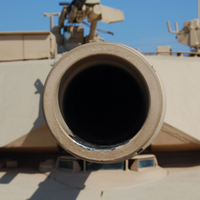Mentions
- Post
“Underlying such debates are two epochal images from the twentieth century: the contrasting paths to war represented by the crises of 1914 and 1938, which demonstrate the dangers of overreacting and underreacting to threats, respectively. Those images have been overworked in the imaginations of both analysts and decision makers. We cannot get beyond them, however, because their visions of mistakes to avoid point in opposite directions, and—contrary to the tendency of many to cite one or the other as the crucial lesson—neither of the two can safely be dismissed.”

- Post
"As 1938 exemplifies the image of misreading pure aggression, 1914 exemplifies the image of the “security dilemma.” This concept, formulated by John Herz and further developed by Robert Jervis and others, is the tragic view of international conflict. It assumes that countries are usually opportunistic but averse to paying the high cost of war to make gains, yet cannot trust that their opponents’ aims are similarly limited. So both sides arm to deter or defend, but see each other’s precautionary mobilization as preparation to attack. Acting to maximize one’s own security threatens the opponent’s security. Neither may want war, but they may stumble into it out of misperception, miscalculation and fear of losing if they fail to strike first. In short, if the security dilemma is the real threat, then restraint rather than provocative military action should be the default option."

- Post
"Chamberlain’s approach was the path of least resistance, in a nation buffeted by memories of the Great War. Hindsight at the time suggested that the catastrophe of World War I might have been avoided if statesmen had shown more empathy for their adversaries, more willingness to take risks for peace and, above all, more military restraint as the summer crisis of 1914 worsened. Chamberlain and company avoided the fateful mistake of 1914 only to commit the opposite one."
